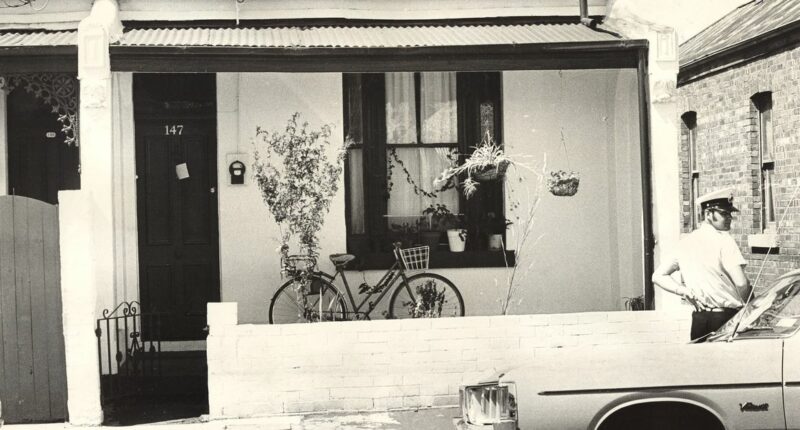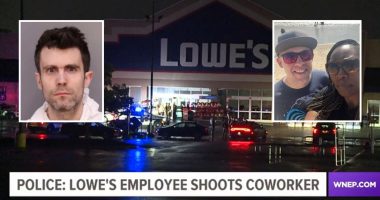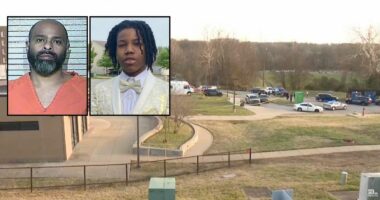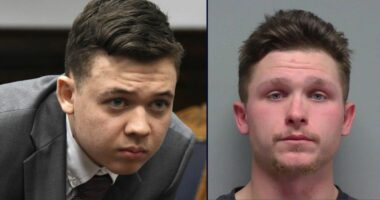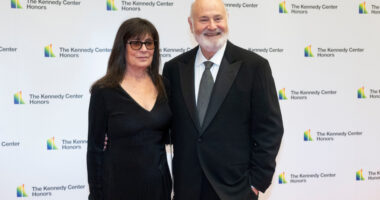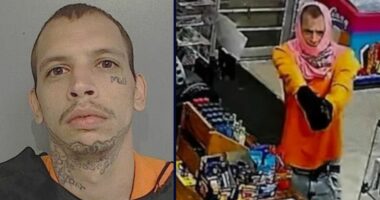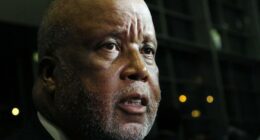Share this @internewscast.com
Attorneys representing 66-year-old Perry Kouroumblis are continuing their intensive questioning of witnesses and law enforcement officials regarding the 1977 murders of Suzanne Armstrong, aged 28, and Susan Bartlett, aged 27.
The tragic discovery of the women’s bodies occurred on January 13 of that year, when neighbors were alerted by the cries of Armstrong’s young son, Gregory, coming from his crib in their Collingwood home on Easey Street.
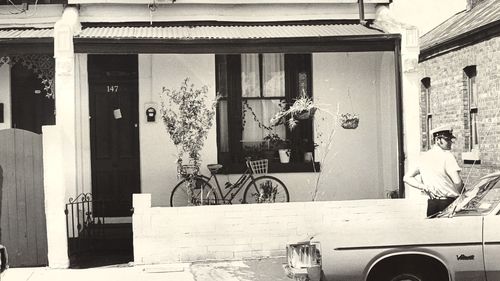
Kouroumblis was brought back from Italy in December 2024 to face charges of murder and the assault of Armstrong, following breakthroughs in DNA technology that reportedly linked him to the scene of the crime.
In court today, Kouroumblis’s lawyer, Dermott Dann KC, conducted a cross-examination of Ilona Miklosvary, the neighbor who found the bodies after taking care of the women’s dog.
Miklosvary, a sports reporter for The Truth at the time, revealed that she had lent her house key to a colleague, John Grant, who stayed at her residence just days before she made the grim discovery.
She mentioned that Grant, who was a crime reporter and spent the night of January 10, 1977, on her couch, had been implicated in another unsolved murder—that of Julia Ann Garciacelay—18 months prior.
Grant has never been charged in connection with Garciacelay’s death.
Miklosvary woke at 7.30am on January 11 to find Mr Grant already up, and they went into work together.

Reading her statement from 1977, Dann said she told police that “after a few drinks” Grant was “foul mouthed” and “would go up to a girl he didn’t know and ask for a f—“.
She did not remember saying this to police, but added “it was in keeping with most of the men I knew”.
“It was the ’70s,” Miklosvary said.
Dann said she told police she believed Grant was “capable” of the Easey Street murders at the time, which she said she did not remember.
On January 13, she woke to Gregory crying and went next door where she found her neighbours’ bodies.
“I went in and found the girls, rang my office to say I couldn’t come in – there were police at the house and I’d just found my neighbours murdered,” Miklosvary said.
Earlier, former police officer Gary Looker described being one of the first to arrive at the crime scene.
“We knocked multiple times to see if anyone was in the house, we also yelled that we were police, no response whatsoever,” he said.
He said he walked into the kitchen and continued down the hall where he saw the body of a woman near the front door.
Looker did a “visual check” of the bathroom where he saw “what I thought to be blood” around the bath plug.
“It was a watered-down blood, as if somebody had washed blood from themselves or had a shower in the room.”
Douglas Carroll, a retired homicide detective, said he visited the scene on January 14 with a police inspector, forensic scientist and a senior sergeant from the local police.
“I remember the horrifying look of the bodies,” he said.
Asked by Dann if he had discussed the possibility a rape had occurred after one of the women’s deaths, he said “I don’t recall that”.
His diary noted that he spoke to three alleged suspects at the time – Barry Woodard, who was dating Armstrong, his brother Henry, and Ross Hammond, who was dating Bartlett.
Hammond had told the detective he “climbed in her bedroom window” close to Bartlett being found dead, Mr Dann said, but Carroll could not recall this.
Carroll also wrote an information report based on a knife that had been allegedly seized from Kouroumblis.
At the end of the committal, magistrate Brett Sonnet will decide whether there is enough evidence to send the matter to the Supreme Court.
Kouroumblis denies any involvement in the murders and will plead not guilty if committed to stand trial.
